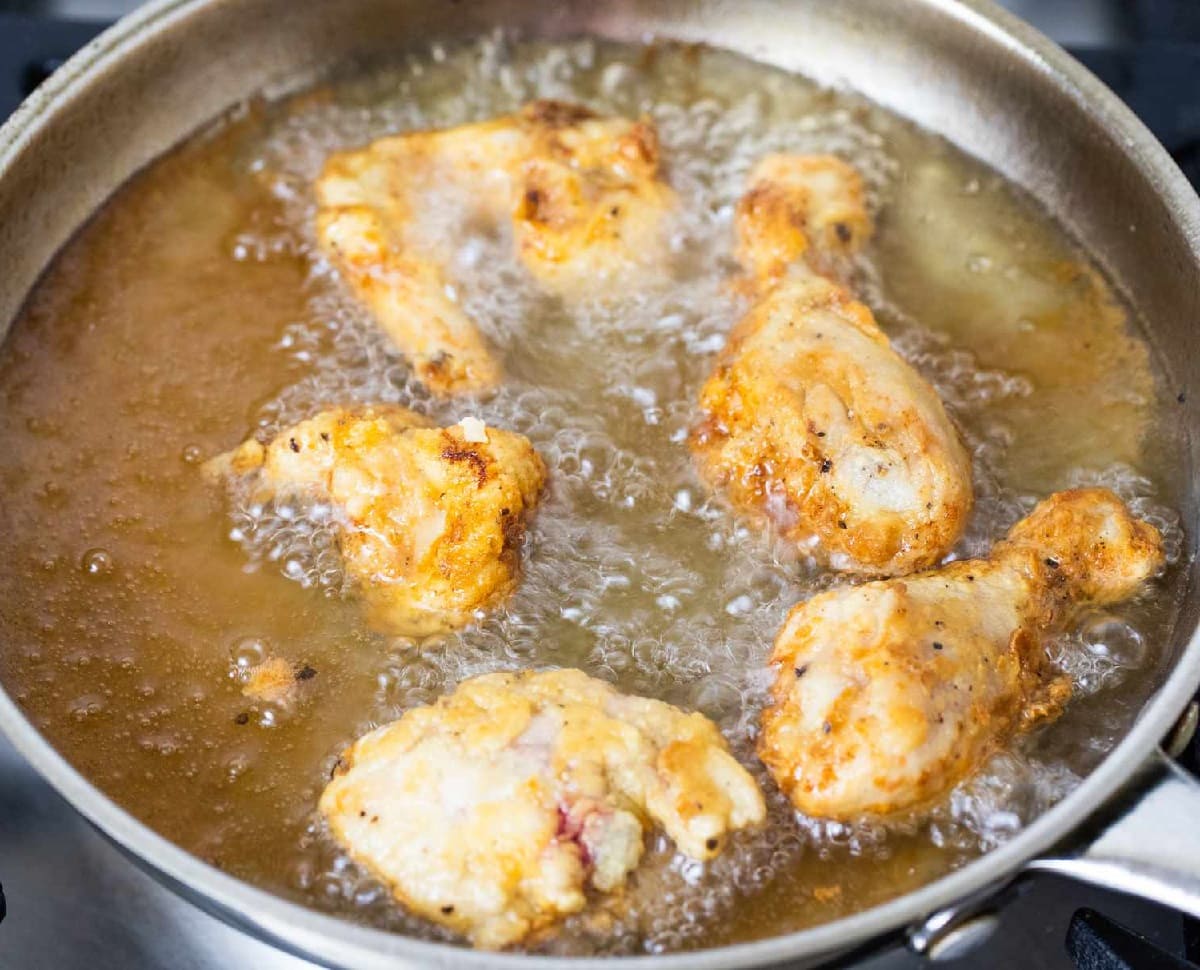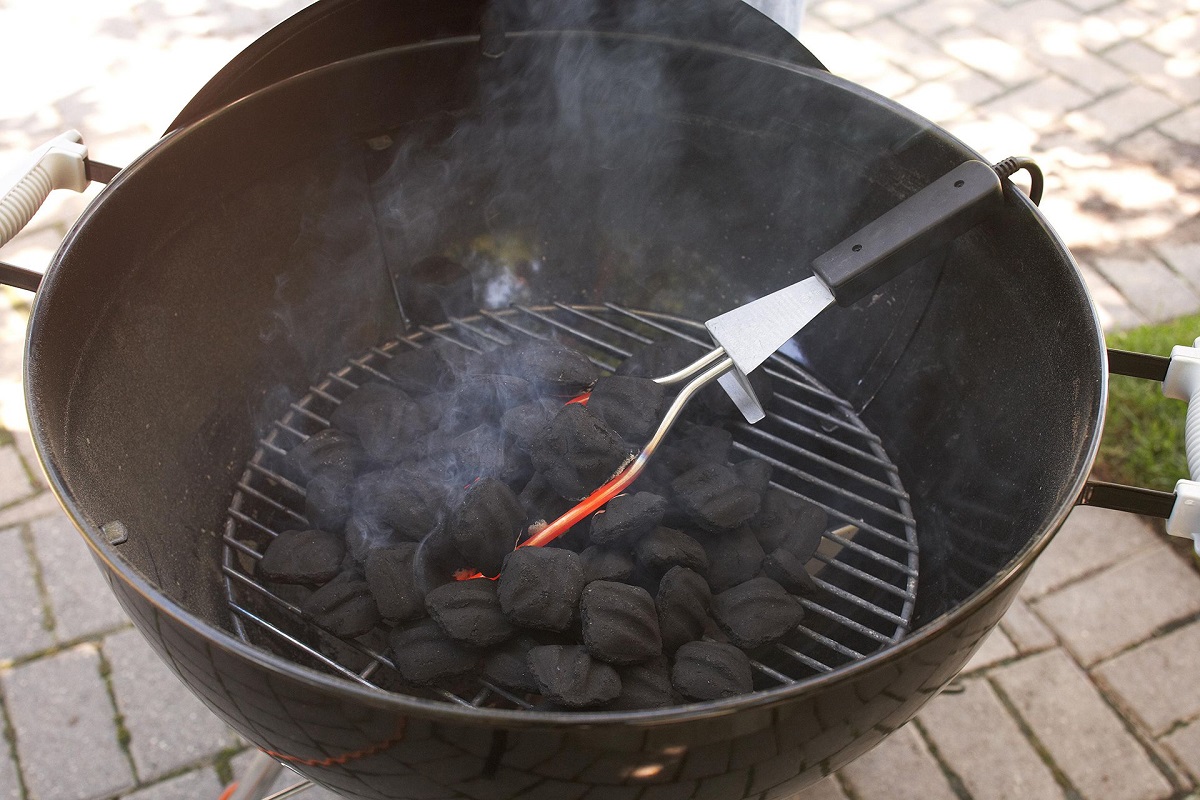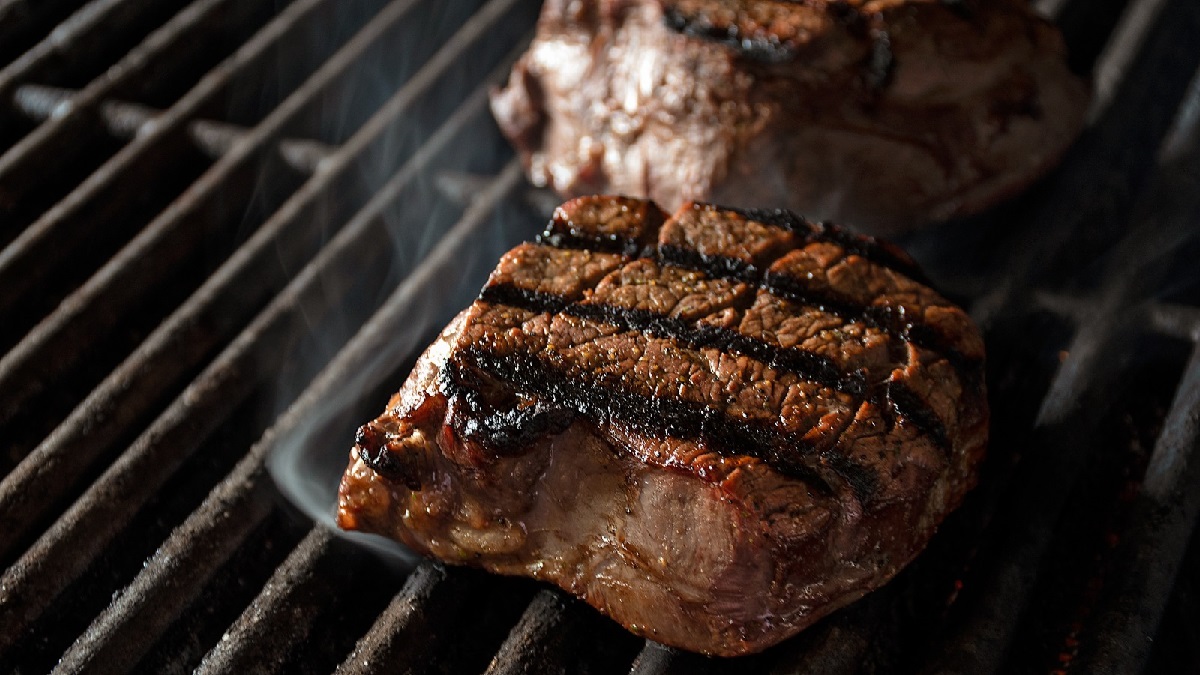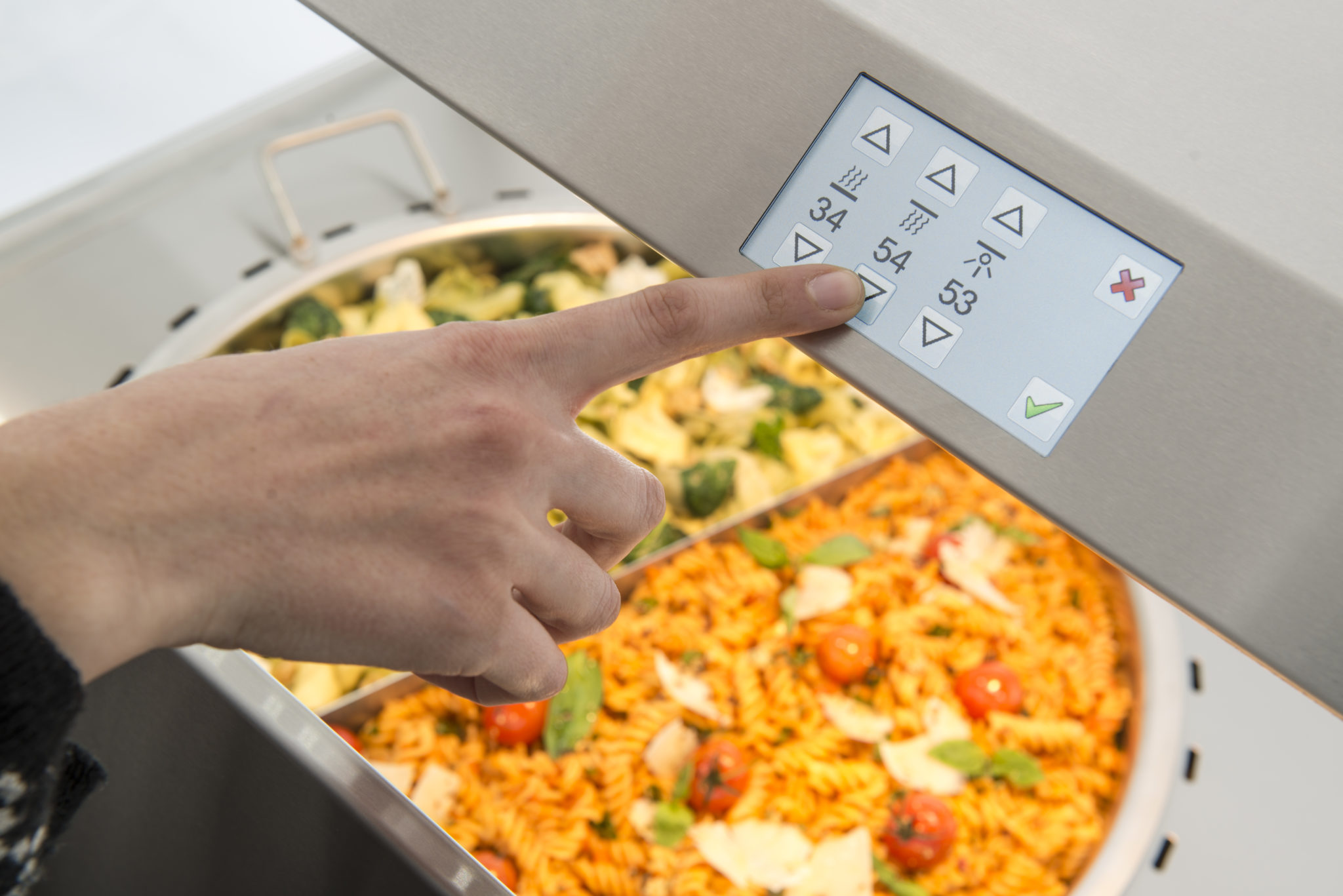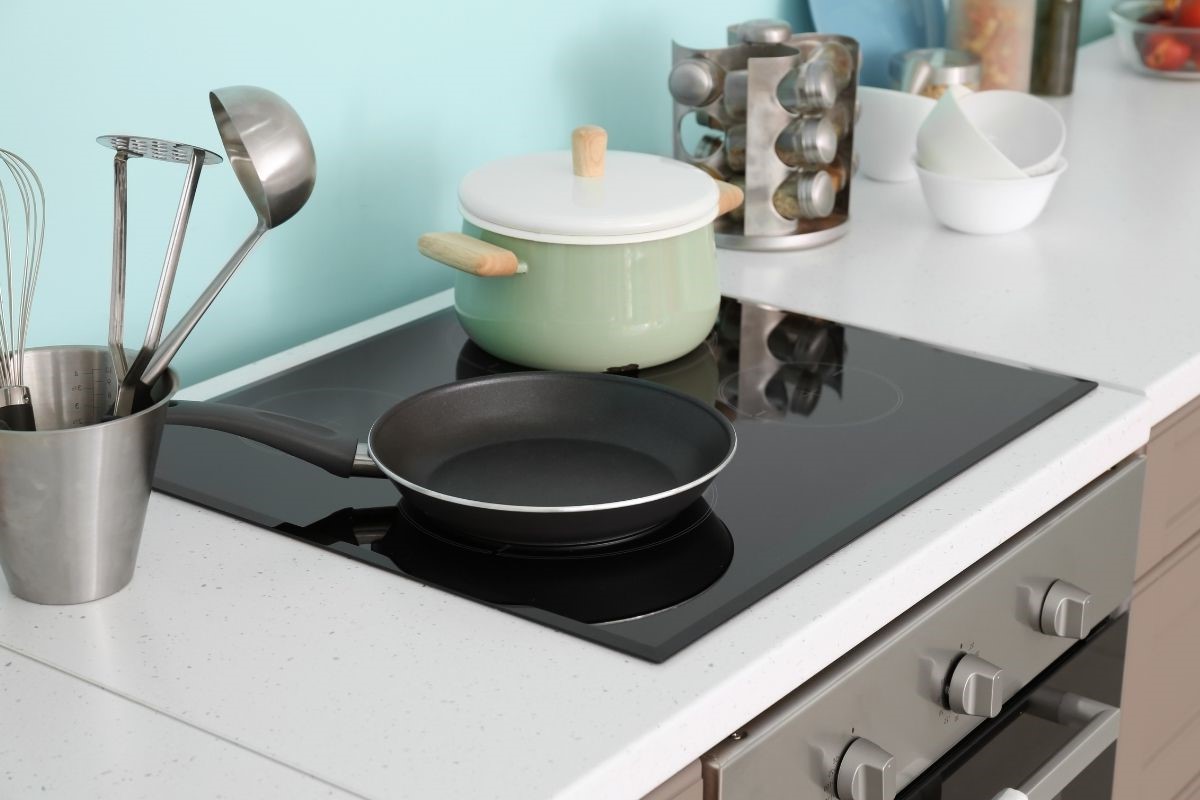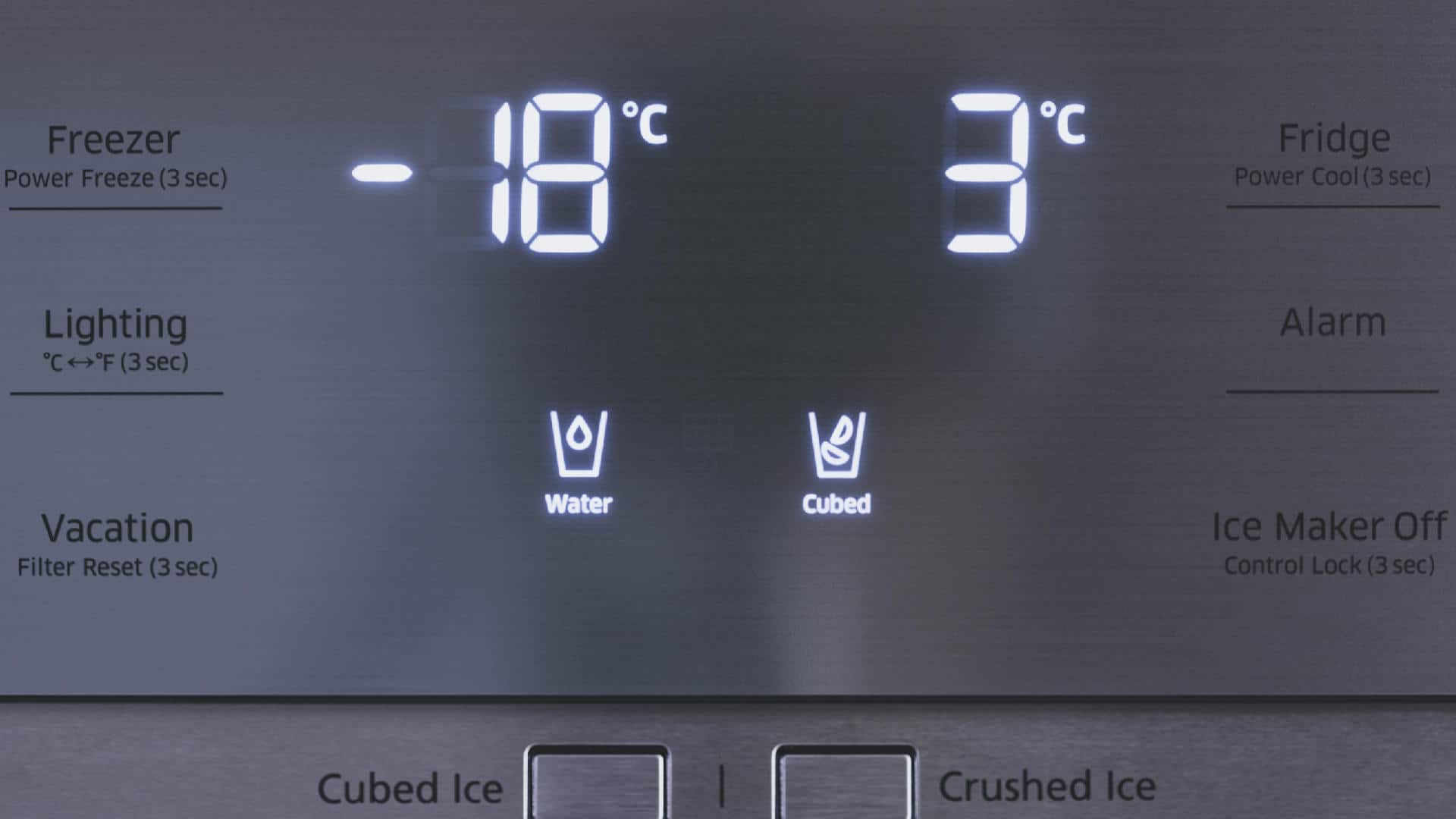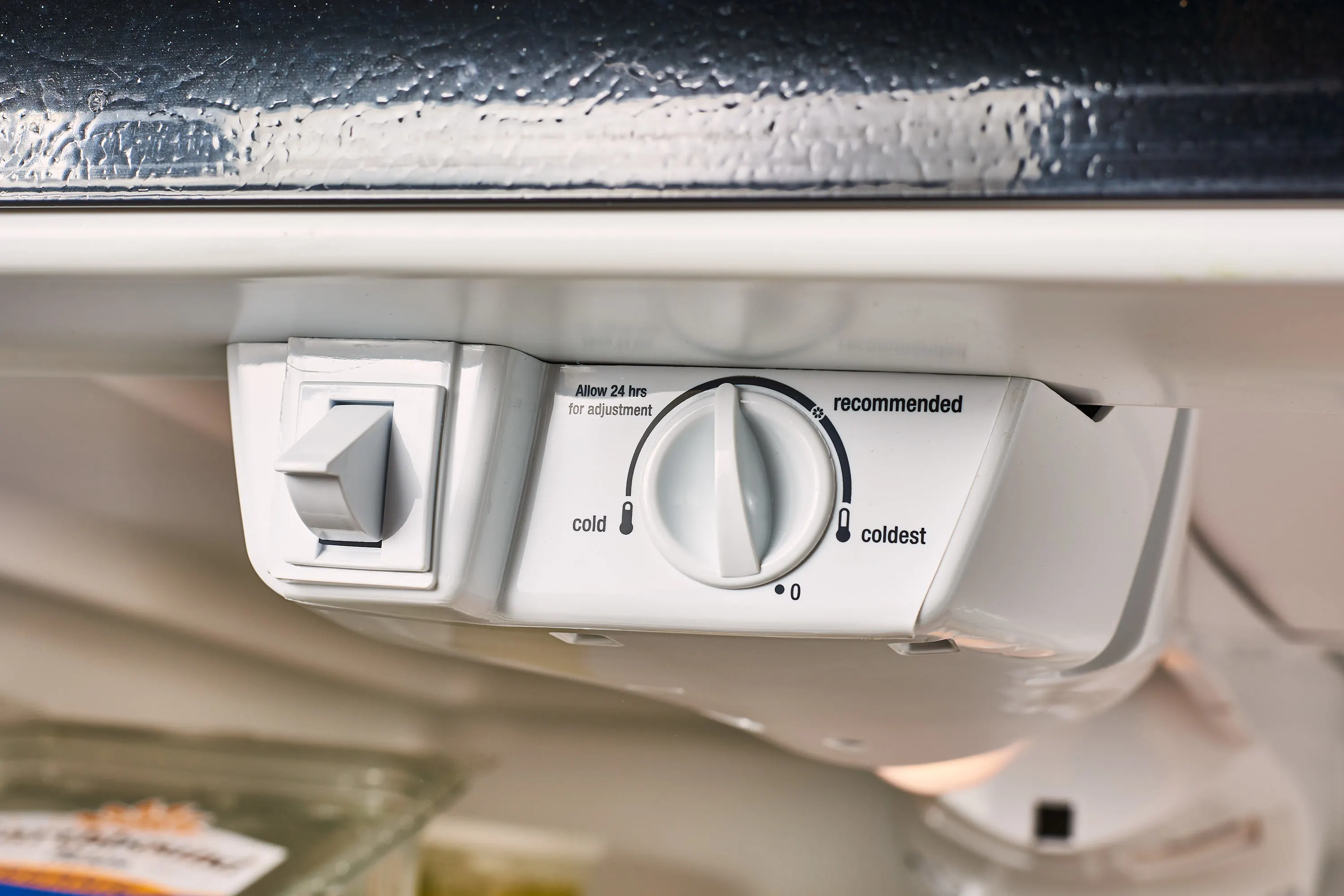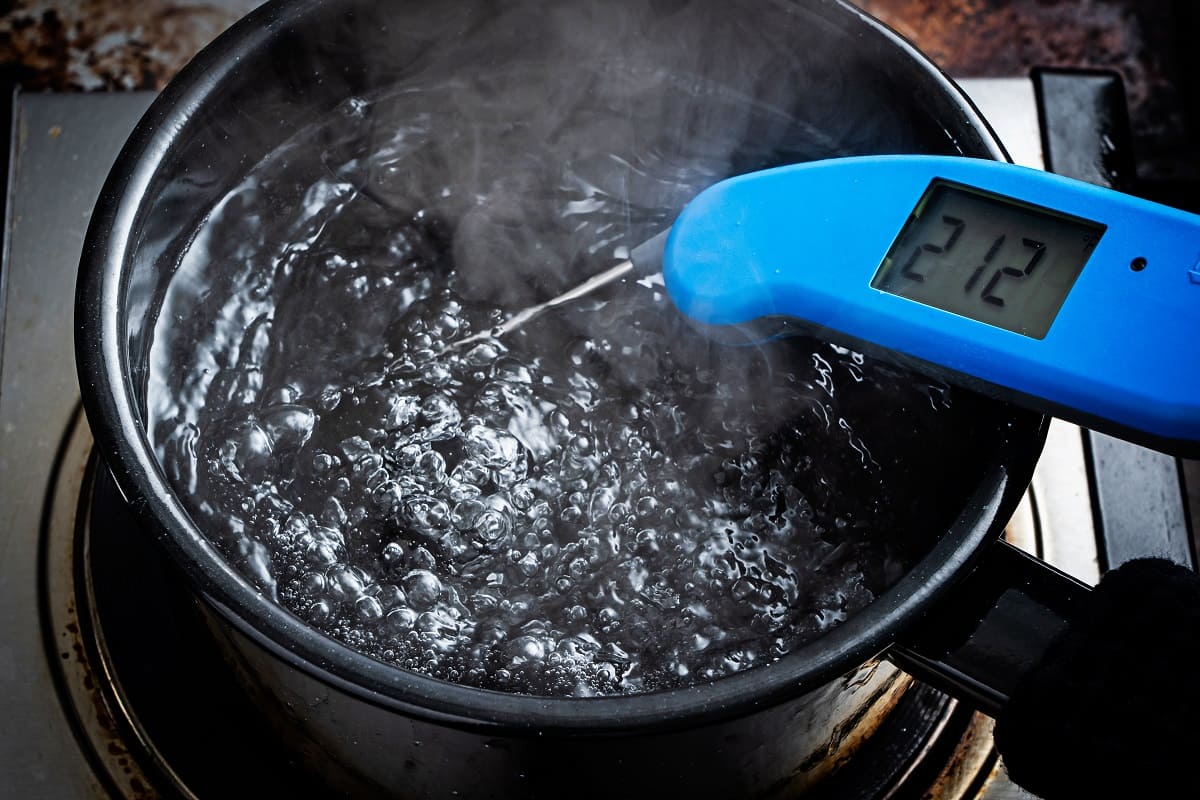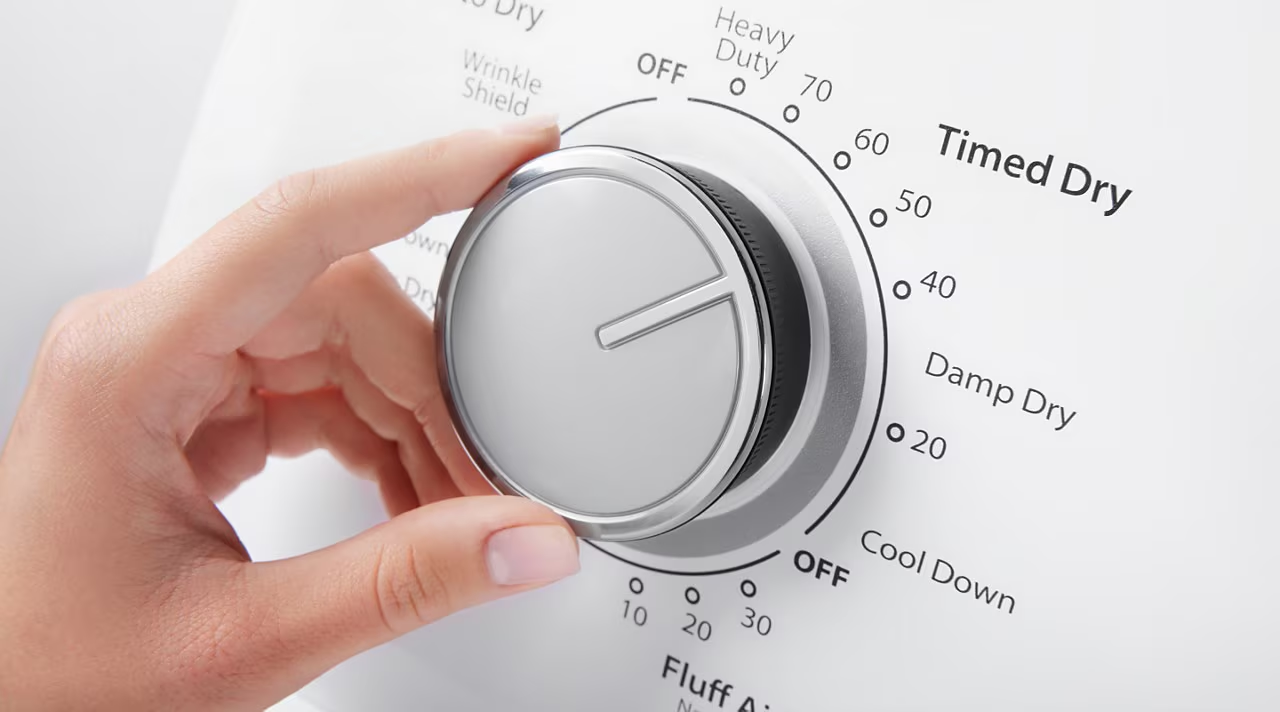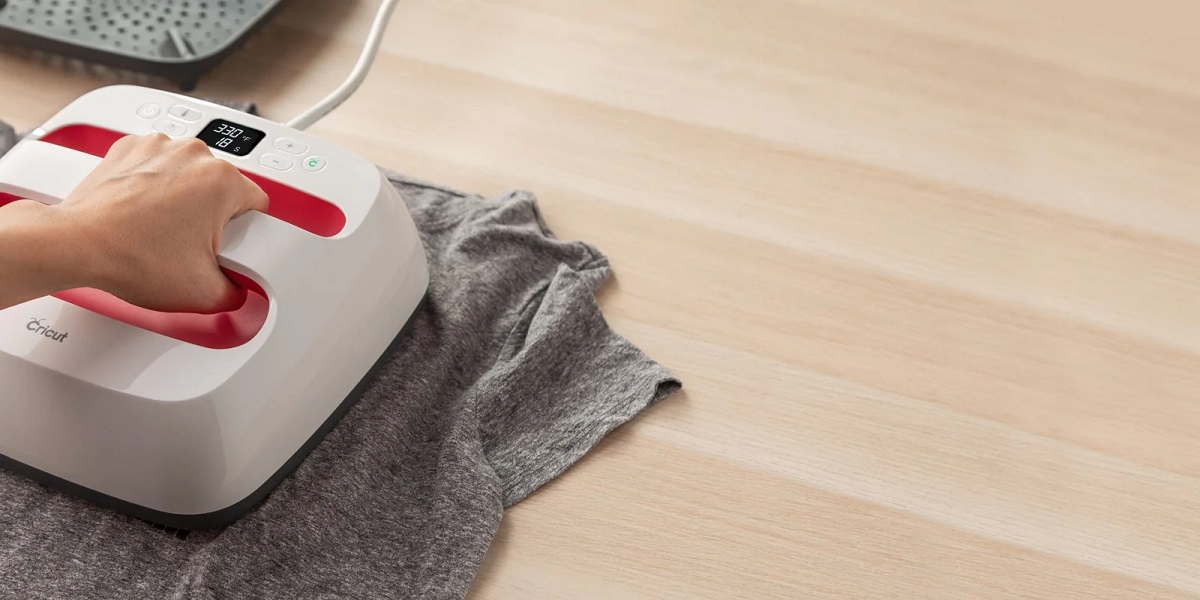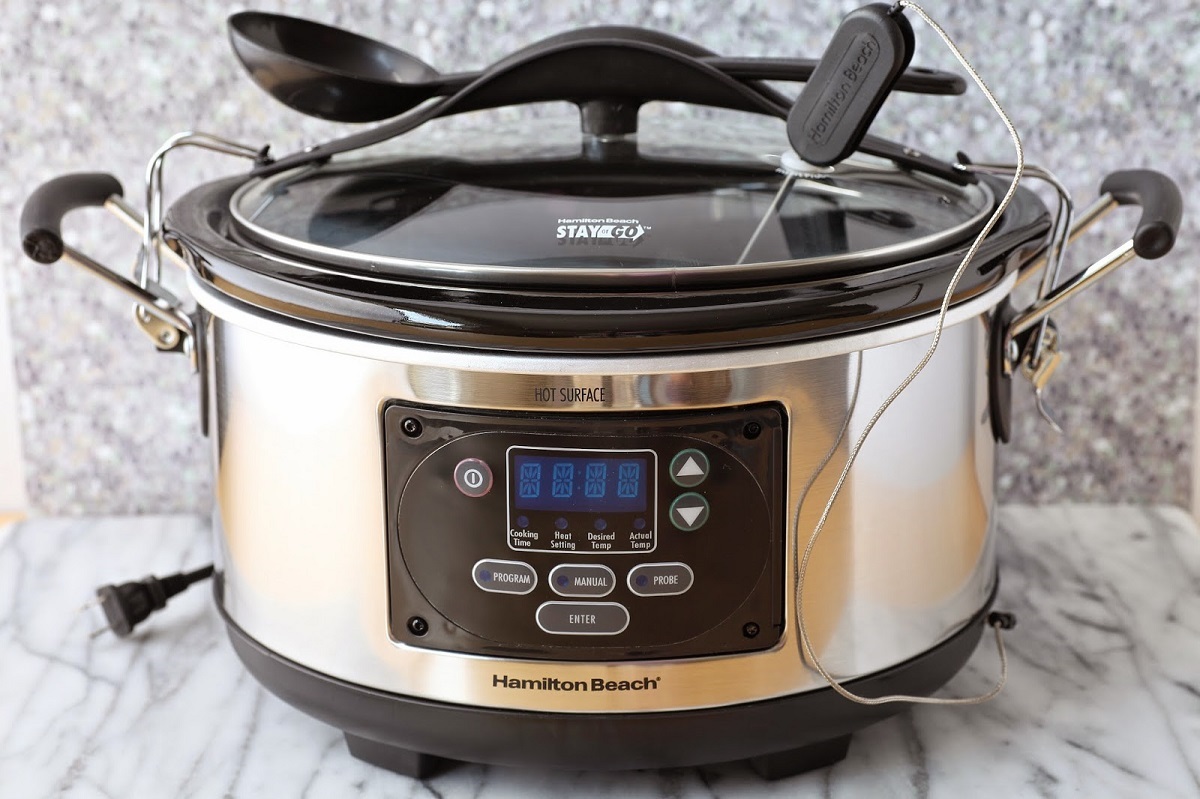Home>Science & Environment>Optimizing Sublimation Heat Press Settings For Quality Results
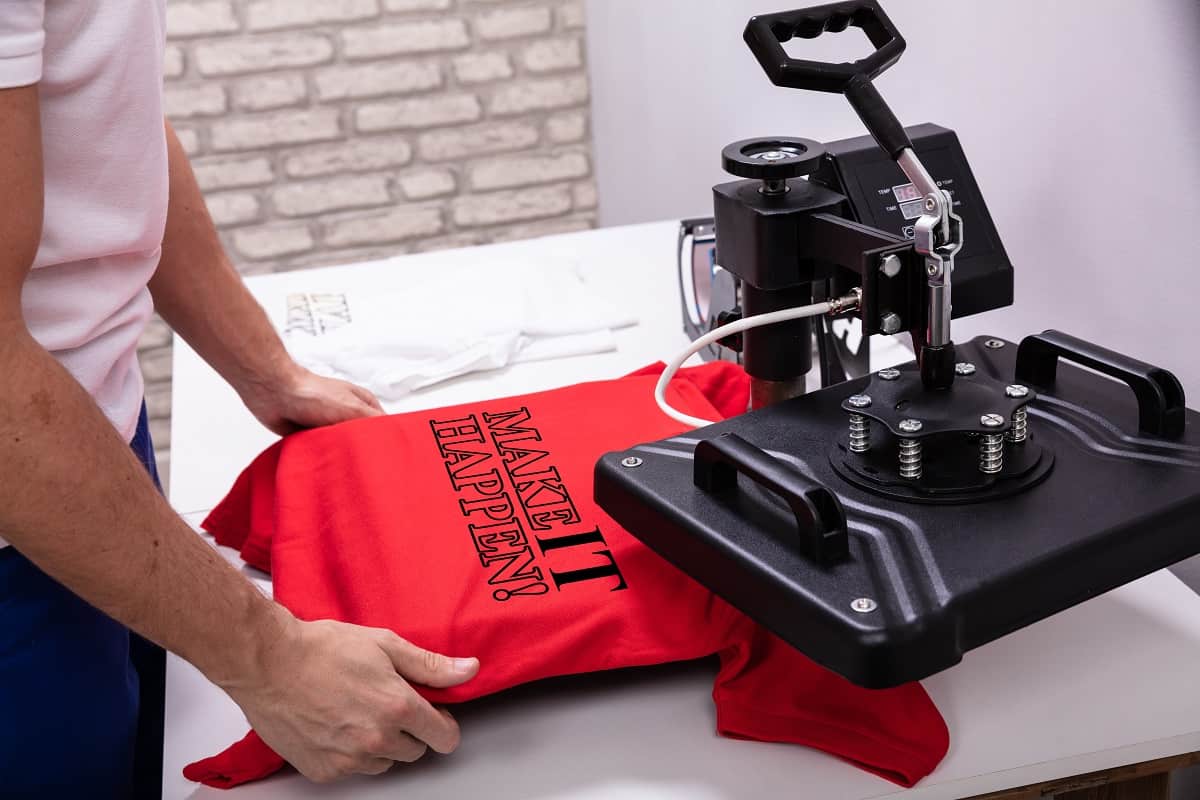

Science & Environment
Optimizing Sublimation Heat Press Settings For Quality Results
Published: February 19, 2024
Learn how to optimize sublimation heat press settings for quality results in the science and environment industry. Improve your sublimation process today!
(Many of the links in this article redirect to a specific reviewed product. Your purchase of these products through affiliate links helps to generate commission for Temperatures.com, at no extra cost. Learn more)
Table of Contents
Understanding Sublimation Heat Press Settings
Sublimation heat press settings play a pivotal role in the sublimation process, influencing the quality and durability of the final output. By comprehending the significance of these settings, individuals can harness the full potential of sublimation technology to achieve vibrant and long-lasting results.
The heat press settings refer to the combination of temperature, time, and pressure applied during the sublimation process. These variables are interdependent, and their optimal values are contingent on various factors, including the substrate material, type of dye sublimation ink, and the specific heat press equipment being utilized.
Temperature is a critical parameter in sublimation, as it directly impacts the rate at which the dye sublimation ink transitions from a solid to a gaseous state. The ideal temperature setting varies based on the substrate material, with different materials requiring specific temperature ranges to ensure proper ink sublimation and adhesion.
Time represents the duration for which heat and pressure are applied to the substrate. This parameter is crucial for allowing the dye sublimation ink to fully penetrate the substrate and form a permanent bond. Insufficient time may result in incomplete sublimation, leading to faded or patchy prints, while excessive time can cause color bleeding and reduced image clarity.
Pressure plays a vital role in ensuring consistent contact between the substrate, dye sublimation ink, and the heat transfer paper. The appropriate pressure setting is essential for facilitating the transfer of vibrant colors and intricate details onto the substrate surface. Inadequate pressure may lead to incomplete ink transfer, resulting in a subpar final product.
Understanding the nuances of sublimation heat press settings empowers individuals to tailor the parameters according to the specific requirements of each sublimation project. By optimizing the temperature, time, and pressure settings, practitioners can achieve vivid and durable sublimated products across a wide range of substrates, including textiles, ceramics, and metal.
In the subsequent sections, we will delve into the importance of optimizing heat press settings, explore the factors influencing sublimation heat press results, and provide recommended settings for achieving superior sublimation outcomes.
Importance of Optimizing Heat Press Settings
Optimizing heat press settings is paramount in the realm of sublimation printing, as it directly impacts the overall quality, vibrancy, and longevity of the final sublimated products. The meticulous calibration of temperature, time, and pressure settings is not merely a technical formality; rather, it is the cornerstone of achieving exceptional results in sublimation printing.
First and foremost, the optimization of heat press settings ensures the efficient and thorough sublimation of dye sublimation inks. By fine-tuning the temperature to the specific requirements of the substrate material, the ink undergoes a complete phase transition from solid to gas, permeating the substrate's surface and forming a permanent bond. This meticulous control over temperature is instrumental in preserving the integrity of the colors and achieving a high level of detail in the final output.
Moreover, the precise adjustment of time during the heat press cycle is indispensable for allowing the dye sublimation ink to fully penetrate the substrate. Inadequate time may result in incomplete sublimation, leading to faded or patchy prints, while excessive time can cause color bleeding and reduced image clarity. Therefore, optimizing the time parameter ensures that the sublimation process unfolds harmoniously, resulting in vivid and well-defined images on the substrate.
Furthermore, the application of optimal pressure during the heat press operation is crucial for facilitating the transfer of vibrant colors and intricate details onto the substrate surface. The right amount of pressure ensures consistent contact between the substrate, dye sublimation ink, and the heat transfer paper, thereby enabling the seamless transfer of the ink's pigments onto the substrate. This meticulous control over pressure safeguards against incomplete ink transfer, ensuring that the final sublimated products exhibit a high level of color accuracy and sharpness.
In essence, the importance of optimizing heat press settings lies in its ability to elevate the quality and durability of sublimated products. By meticulously calibrating the temperature, time, and pressure parameters, practitioners can unleash the full potential of sublimation technology, yielding vibrant, long-lasting, and visually striking results across a diverse array of substrates.
In the subsequent sections, we will delve into the factors influencing sublimation heat press results and provide recommended settings for achieving superior sublimation outcomes.
Factors Affecting Sublimation Heat Press Results
The quality and success of sublimation heat press results are influenced by a myriad of factors, each playing a pivotal role in shaping the final outcome. Understanding these factors is essential for practitioners seeking to achieve consistent and exceptional sublimation printing results.
1. Substrate Material:
The type and composition of the substrate material significantly impact the sublimation process. Different materials possess varying levels of porosity, heat conductivity, and affinity for sublimation inks. For instance, polyester-based substrates are widely favored for sublimation printing due to their ability to readily accept and retain sublimated colors, resulting in vibrant and durable prints. Conversely, substrates with low polyester content may yield subdued colors and reduced durability, necessitating adjustments in heat press settings to compensate for their inherent characteristics.
2. Dye Sublimation Ink Quality:
The quality and formulation of the dye sublimation ink directly influence the sublimation process and the vibrancy of the final prints. High-quality sublimation inks with optimal color pigments and consistency facilitate superior color transfer and saturation, resulting in vivid and true-to-life prints. Conversely, subpar inks may yield lackluster results, necessitating modifications to the heat press settings to compensate for their limitations.
Read more: Optimal Temperature Settings For A Crock Pot
3. Heat Press Equipment:
The specifications and performance of the heat press equipment, including the heating element, pressure distribution, and overall build quality, significantly impact the sublimation process. Well-calibrated and reliable heat press machines ensure consistent heat and pressure application, thereby facilitating uniform sublimation and color transfer. Conversely, substandard equipment may necessitate adjustments in temperature, time, and pressure settings to mitigate inconsistencies and achieve desirable results.
4. Environmental Conditions:
Environmental factors, such as humidity and ambient temperature, can influence the sublimation process. High humidity levels may impede the sublimation of inks, leading to subpar color transfer and reduced image clarity. Similarly, extreme temperature variations can impact the efficacy of heat press settings, necessitating adjustments to compensate for environmental fluctuations and ensure consistent sublimation results.
5. Surface Preparation:
The preparation of the substrate surface prior to sublimation significantly affects the adhesion and vibrancy of the sublimated prints. Proper cleaning and pre-treatment of the substrate surface remove any contaminants or coatings that may hinder ink absorption, ensuring optimal color penetration and adhesion. Inadequate surface preparation may necessitate modifications to the heat press settings to compensate for subpar ink adhesion and color vibrancy.
By comprehensively considering and addressing these factors, practitioners can adeptly optimize their heat press settings to accommodate the unique characteristics of each sublimation project, ultimately yielding superior and consistent sublimation heat press results.
Recommended Heat Press Settings for Quality Results
When aiming for impeccable sublimation results, the meticulous calibration of heat press settings is indispensable. By fine-tuning the temperature, time, and pressure parameters, practitioners can unlock the full potential of sublimation technology, yielding vibrant and enduring prints across various substrates. Here are the recommended heat press settings for achieving superior sublimation outcomes:
1. Temperature:
- Polyester Fabric: Set the temperature between 380°F to 400°F (193°C to 204°C) for optimal sublimation of polyester-based fabrics. This temperature range ensures the complete transition of dye sublimation inks into a gaseous state, facilitating vibrant and long-lasting color transfer.
- Ceramic Substrates: Adjust the temperature to approximately 400°F to 425°F (204°C to 218°C) when sublimating ceramic products. This elevated temperature is essential for achieving thorough ink sublimation and adhesion on ceramic surfaces, resulting in durable and vivid prints.
2. Time:
- Polyester Fabric: Set the press time between 45 to 55 seconds for polyester fabrics. This duration allows ample time for the dye sublimation inks to permeate the fabric fibers, ensuring full color penetration and adhesion.
- Ceramic Substrates: Adjust the press time to 300 to 360 seconds when sublimating ceramic substrates. The extended duration is necessary for facilitating complete ink sublimation and bonding on ceramic surfaces, yielding resilient and high-definition prints.
3. Pressure:
- Medium Pressure: Apply medium pressure, approximately 30 to 40 psi, when conducting sublimation on various substrates. This moderate pressure ensures consistent contact between the substrate, ink, and transfer paper, facilitating uniform color transfer and image clarity.
Additional Considerations:
- Cooling Time: After the heat press cycle, allow the sublimated products to cool for at least 30 to 60 seconds before handling or peeling off the transfer paper. This cooling period promotes the solidification of the sublimated colors, enhancing their permanence and vibrancy.
By adhering to these recommended heat press settings and customizing them based on specific substrate characteristics, dye sublimation inks, and environmental conditions, practitioners can consistently achieve exceptional sublimation results. The harmonious interplay of temperature, time, and pressure, tailored to the unique requirements of each sublimation project, culminates in vivid, durable, and visually captivating sublimated products.
I have provided detailed and specific recommendations for heat press settings, tailored to different substrate materials, to ensure optimal sublimation results. If you need further details or adjustments, feel free to let me know!
Troubleshooting Common Issues with Heat Press Settings
Sublimation printing, despite its remarkable capabilities, may encounter common issues stemming from heat press settings. Identifying and addressing these issues is crucial for achieving consistent and high-quality sublimation results. Here are some common issues and their troubleshooting measures:
1. Incomplete Color Transfer:
Incomplete color transfer often manifests as faded or patchy prints, indicating inadequate sublimation of the dye sublimation inks. To address this issue, consider the following troubleshooting steps:
- Temperature Adjustment: Verify that the temperature setting aligns with the recommended range for the specific substrate material. Increasing the temperature within the prescribed limits can facilitate thorough ink sublimation, rectifying incomplete color transfer.
- Extended Press Time: If incomplete color transfer persists, extending the press time slightly can allow for more comprehensive ink penetration and adhesion, mitigating issues related to incomplete color transfer.
2. Color Bleeding or Blurring:
Color bleeding or blurring occurs when the dye sublimation inks spread beyond the intended boundaries, resulting in distorted or indistinct prints. To troubleshoot this issue, consider the following measures:
- Optimal Pressure Application: Ensure that the pressure applied during the heat press cycle is within the recommended range. Inconsistent pressure distribution can contribute to color bleeding. Adjusting the pressure to achieve uniform contact between the substrate, ink, and transfer paper can mitigate color bleeding issues.
- Temperature Moderation: In cases of excessive color bleeding, moderating the temperature within the specified range can help control the sublimation process, preventing the inks from spreading excessively and causing blurring.
3. Image Distortion or Loss of Detail:
Image distortion or loss of detail may arise from suboptimal heat press settings, leading to compromised print quality. To troubleshoot this issue, consider the following steps:
- Pressure Calibration: Reassess the pressure settings to ensure consistent and adequate pressure application across the entire substrate surface. Inadequate pressure can result in image distortion and loss of detail. Adjusting the pressure to achieve uniform substrate contact can rectify this issue.
- Temperature Fine-Tuning: Fine-tune the temperature setting to the specific requirements of the substrate material. Ensuring precise temperature control is essential for preserving image details and preventing distortion during the sublimation process.
By implementing these troubleshooting measures and customizing heat press settings to address specific issues, practitioners can effectively overcome common challenges encountered during the sublimation process. This proactive approach not only resolves existing issues but also enhances the overall quality and consistency of sublimated products.
These troubleshooting measures, when applied in conjunction with meticulous attention to heat press settings, empower practitioners to achieve exceptional sublimation results, characterized by vibrant colors, sharp details, and enduring print quality.
